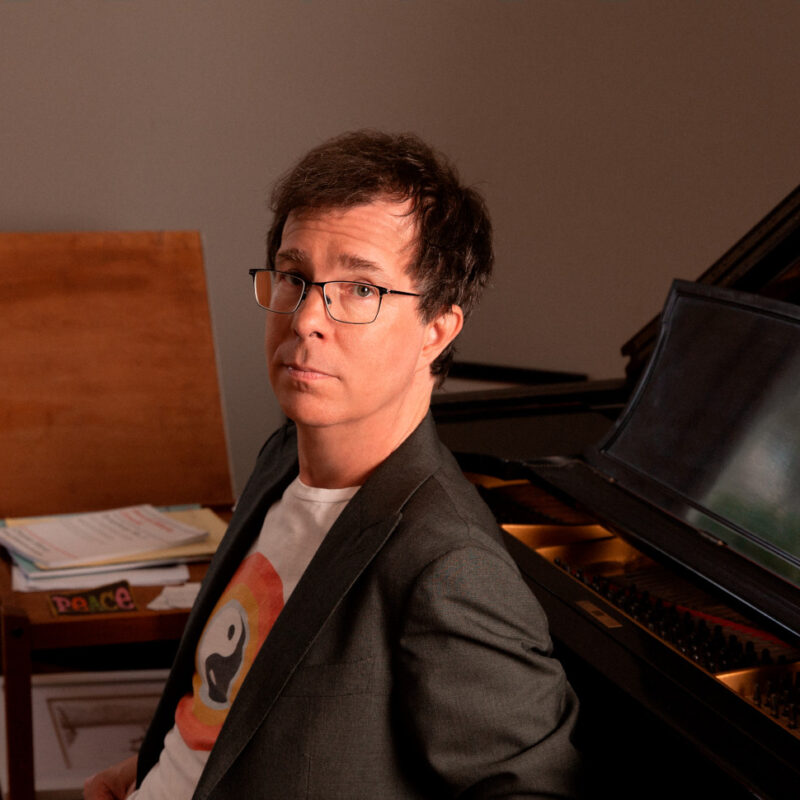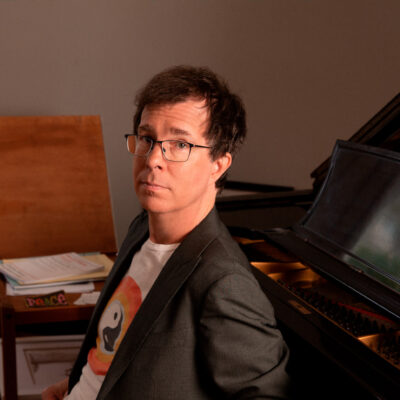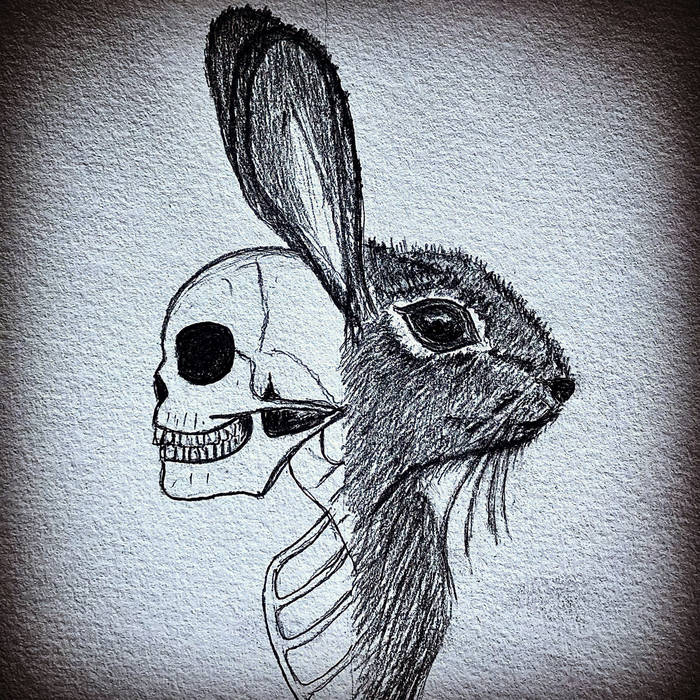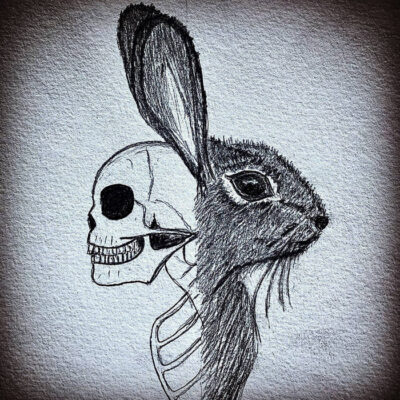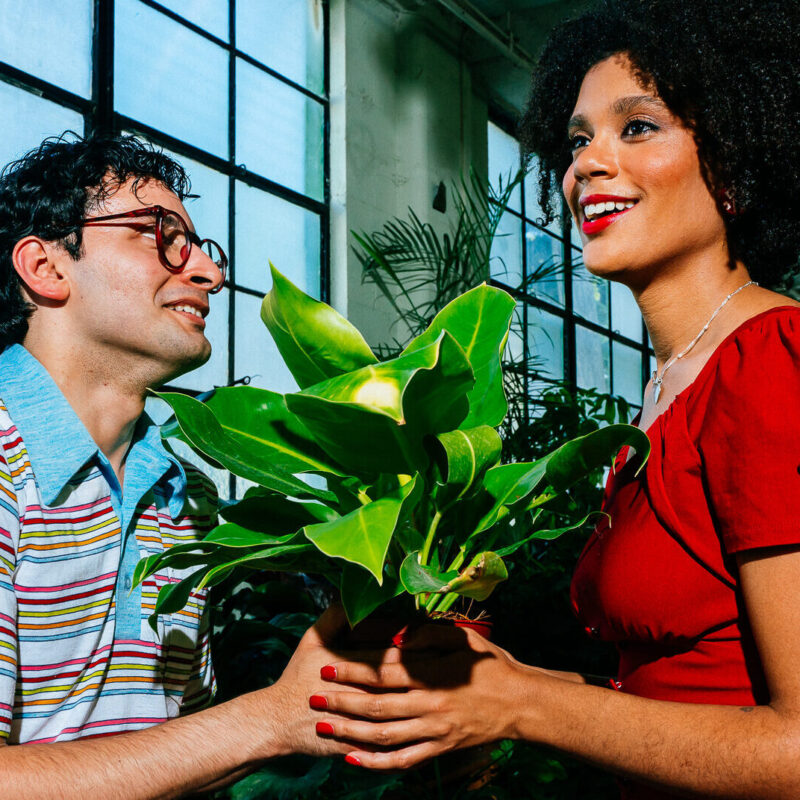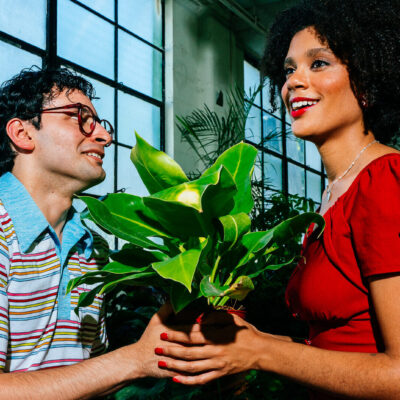The Charlottesville Mural Project, launched by Ross McDermott in 2011, has taken on the task of beautifying the city through a series of public murals, with the goal of producing two a year. They’ve already brightened Monticello Avenue with Avery Lawrence’s colorful mural of interlocking hands on the north face of the Ix Building, as well as organizing a mural workshop for St. Anne’s-Belfield students led by Patrick Costello.
Cities like Philadelphia and Baltimore have had great success with public mural projects in recent years, cheering up urban spaces and bringing communities together with public art that is eye-catching and often striking. With McDermott’s Mural Project, Charlottesville has the opportunity to do the same.
But the latest project, a proposed mural on West Main Street by local graphic designer Matt Pamer, has had difficulty meeting with the approval of Charlottesville’s Board of Architectural Review. West Main Street falls within Charlottesville’s Historic District, meaning any prominent mural there, even one painted on private property, must meet with the BAR’s approval.
The proposed site—513 W. Main St., on the corner of Main and Sixth Street NW—actually sports a mural already, a two-
story depiction of latticework and flowers dating back to the 1970s. That mural has been deteriorating for years, and is cracked and fading in more places than not, revealing the bare wall underneath. Since that intersection’s recent repurposing as a hip destination, now hosting restaurants Moto Pho Co. and One Meatball Place, as well as relocated clothing boutique Eloise, a bright new mural seems appropriate.
The proposed mural is a striking one, but charming. Pamer is known for his design work for organizations like the Jefferson Theatre and Piedmont Council for the Arts, as well as a handful of small gallery exhibitions around town. His work favors bright primary colors and simple geometric shapes, carefully placed in exquisite and eye-catching configurations, with a deep understanding of both basic iconography and overall arrangement. His designs are sharp enough to look cool and contemporary, while also simple enough to seem timeless.
But not everyone on the BAR saw it that way. Pamer’s bright three-color design, mixing geometric shapes with cartoonized depictions of animals indigenous to Virginia, was rejected by the BAR, which asked Pamer and McDermott to revise the design and resubmit their proposal. Among the concerns were that the mural was too bright, too visually “loud,” and that it distracted from the design of the original building. Pamer simplified the design, eliminating two of the color fields to leave the exposed brick and original mural visible underneath, pulling the shapes back from the edges of the façade.
One of the issues raised by this struggle is the question of whether or not the BAR has the right to judge artistic merit. During the hearing, Board member Whit Graves said, “We have to decide whether this façade is appropriate for a mural, not whether or not we like the design. I personally like the design, but that shouldn’t necessarily weigh in to it.” Graves noted that the original 1970s mural was painted before the area was designated historic, and was not approved by the BAR either. While the revised proposal was largely met with approval, a certain
degree of artistic judgment characterized most of the Board’s remarks. “It still could be toned down somewhat, but it’s a big improvement,” said Candace DeLoach, while John Knight called the design “a thumb-in-the-eye approach” before conceding “I think I’ve reached a tipping point” on his eventual approval. Ultimately, the mural was approved by a 5-1 vote from the Board, but the question of precisely what role it can, or should, take in judging the content of a mural still seems unclear.
“I’m very pleased with the BAR’s decision,” said Pamer. “While there are certain elements I miss about the original, I am happy with the new direction.” McDermott is pleased as well, and would prefer to look forward rather than to dwell on the conflict with the BAR. “I’m happy that the BAR and City Council are open to seeing new forms of creative expression in the city,” he wrote. “My hope is that over the years, artists of all types will contribute to what will become a collection of modern and traditional murals in Charlottesville. I think Matt’s mural is a wonderful addition to the streetscape of West Main and adds life to what has been for a very long time, a run-down area.”
The Charlottesville Mural Project’s next step is planning an upcoming work with artist Kaki Dimock. “I was proud of the BAR last night,” Dimock wrote. “Public art is good for us, good for the community. Finding a way to marry public art and historic preservation is good for the soul. Placing art in the context of history, past and future, is a challenge, to be sure, but doing so improves our understanding of events of the past, links the past with the present, and pushes us towards the future. It forces us to look up, look out, consider context—things that are good for everybody.” She and McDermott are currently seeking a location for their mural.
Have your say. Drop a line to mailbag@c-ville.com, send a letter to 308 E. Main St., or post a comment below.
